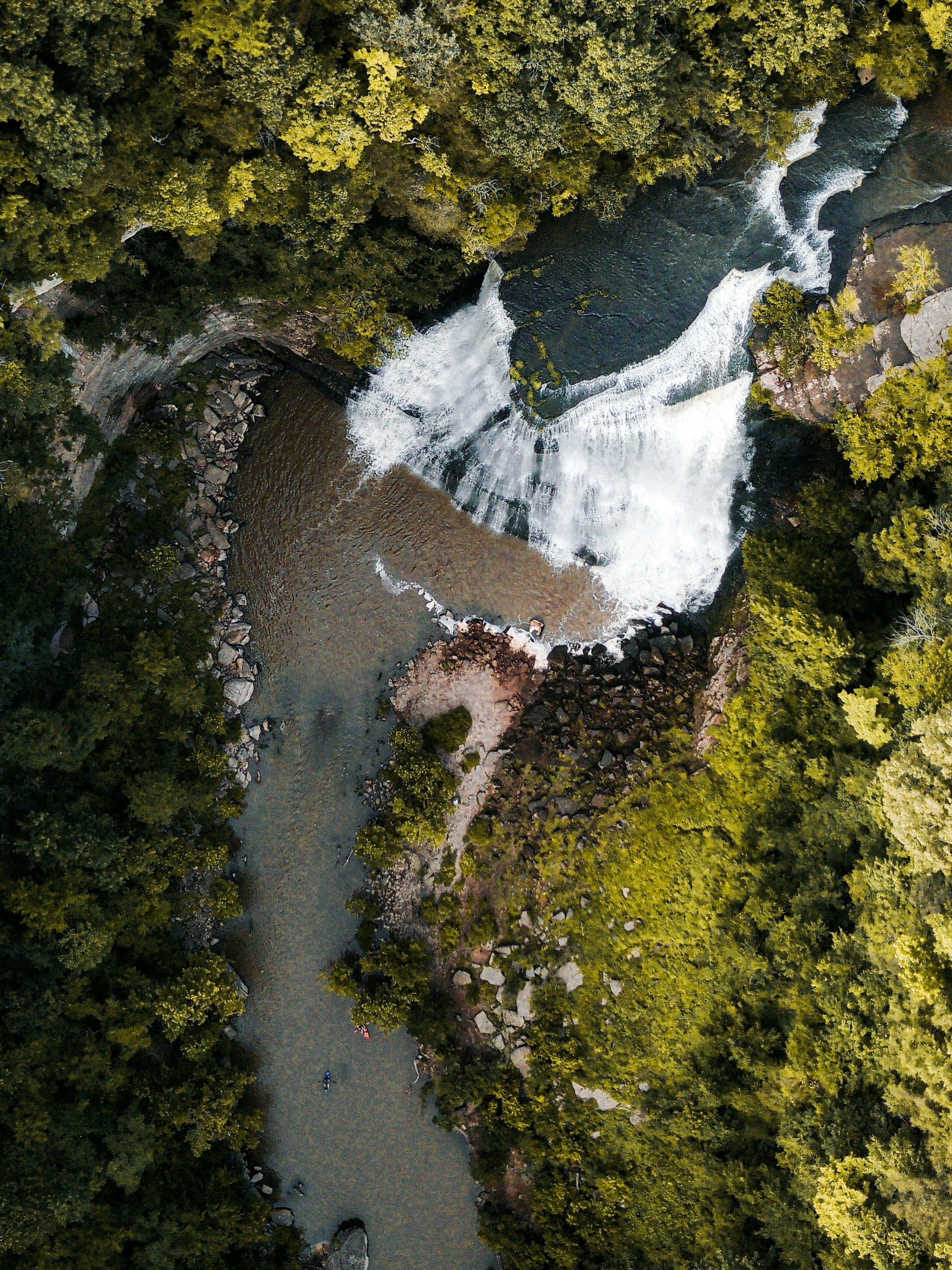Discover Sparta: History, Customs, Festivals, and Traditions
Explore Sparta: Its rich history, unique customs, vibrant festivals, and time-honored traditions.

Discover Sparta: History, Customs, Festivals, and Traditions
Introduction
Situated in the southeastern Peloponnese region of Greece, Sparta is a city steeped in legend and lore. Modern Sparta, often referred to as Sparti in Greek, carries the weight of its infamous historical and cultural past, making it a destination that intrigues both historians and travelers alike. This comprehensive travel guide will delve into the rich history, unique customs, and vibrant festivals that define this ancient city.
History of Sparta
Origins and the Classical Period
Sparta, or Lacedaemon, was established around the 9th century BCE. By the 6th century BCE, it had emerged as one of the most powerful city-states in ancient Greece. Known for its military prowess, Spartan society was heavily militarized, with an educational system, called the agoge, that emphasized discipline, endurance, and combat skills. Men were expected to serve in the army until age 60, while women were trained in physical fitness to ensure they bore strong children.
The Peloponnesian War
Sparta is famously known for its role in the Peloponnesian War (431-404 BCE), where it led a coalition against the Athenian Empire. The war ended with Sparta’s victory, cementing its status as the leading military power in Greece. Despite its victories, Sparta’s rigid social structure and helot system (state-owned serfs) eventually led to its decline, and it was overshadowed by other Greek states and later by Roman conquest.
Byzantine and Modern Periods
The legacy of ancient Sparta continued through the Byzantine period, although the city experienced many changes. In 1834, modern Sparta was re-established by King Otto of Greece, close to the ancient city ruins. Today, visitors can marvel at the blend of ancient remnants and the neoclassical buildings dotting the cityscape.
Cultural Practices and Customs
Military Heritage
The Spartan emphasis on military strength is not just a historical fact but a cultural cornerstone. Modern Spartans take great pride in their warrior ancestors, which is reflected in local memorials and the valorization of athleticism and endurance. One of the most iconic representations is the statue of King Leonidas, the famous leader of the 300 Spartans at the Battle of Thermopylae.
Social Structure
Historically, Spartan society was divided into distinct classes: the Spartiates (full citizens and warriors), the Perioeci (free but non-citizen inhabitants engaged in commerce and trade), and the Helots (serfs of the Spartan state). Though the strict social divisions have dissolved, the communal and disciplined lifestyle continues in different forms, visible in communal events and a closely-knit local society.
Festivals and Events
Gymnopaedia
When: July
What: The Gymnopaedia was an ancient Spartan festival held to celebrate the fallen warriors and to demonstrate youths' military skill and physical prowess. Today, elements of this festival are revitalized through reenactments and cultural displays, often held during the summer months, showcasing martial arts, traditional dancing, and performances.
Hyacinthia
When: May-June
What: Held in honor of Hyacinthus, a figure from Greek mythology, the Hyacinthia festival blends ancient rites with modern celebrations. Traditionally involving moments of mourning and then joyful feasts and games, today’s festival involves cultural parades, folk music, and local foods, highlighting both the reverence and the joy inherent in the festival.
Leonidas Festival
When: September
What: Celebrating the legacy of King Leonidas and the 300 Spartans, this festival features a spectacular reenactment of battle scenes, athletic competitions, and educational seminars on Spartan history. It is a time when Spartans and visitors alike commemorate their rich heritage through various community activities.
Local Anecdotes and Interesting Facts
King Leonidas and Thermopylae
The Battle of Thermopylae in 480 BCE is one of the most storied moments in Spartan history. King Leonidas and his 300 Spartans famously made a last stand against the vast Persian army, a tale commemorated through texts and films. The phrase "Molon Labe," meaning "Come and take them," attributed to Leonidas, is still a symbol of defiance and courage.
Spartan Education System: The Agoge
The rigorous educational system known as the agoge focused on training young boys in discipline, combat skills, and communal living. It is believed that the strength of the Spartan warriors stemmed from this intense upbringing. Today, reminders of the agoge spirit can be found in local sports clubs and fitness practices popular in the region.
Recommended Places to Visit
- Archaeological Museum of Sparta: This museum houses artifacts from the ancient city, including sculptures, pottery, and inscriptions that offer insights into Spartan life.
- The Statue of Leonidas: An iconic statue commemorating the legendary king, located near the local stadium.
- Acropolis of Sparta: The ruins of the ancient city's acropolis provide a glimpse into its architectural grandeur and ancient fortifications.
- Ancient Theatre of Sparta: One of the largest theatres of ancient Greece, it could seat more than 16,000 spectators.
- Mystras: A UNESCO World Heritage Site near Sparta, this Byzantine fortress city offers stunning views and significant historical monuments.
Conclusion
Sparta is more than just the sum of ancient battles and warriors; it is a place where history, culture, and tradition blend seamlessly with the rhythms of modern life. From its storied past to its vibrant festivals and customs, a visit to Sparta offers a unique opportunity to step back in time and experience the enduring legacy of one of history’s most fascinating civilizations. Wander through ancient ruins, participate in lively local festivals, and immerse yourself in the customs that have shaped Sparta into the city it is today.
